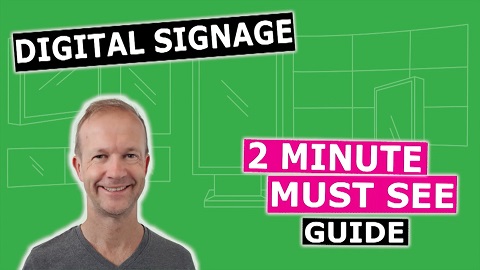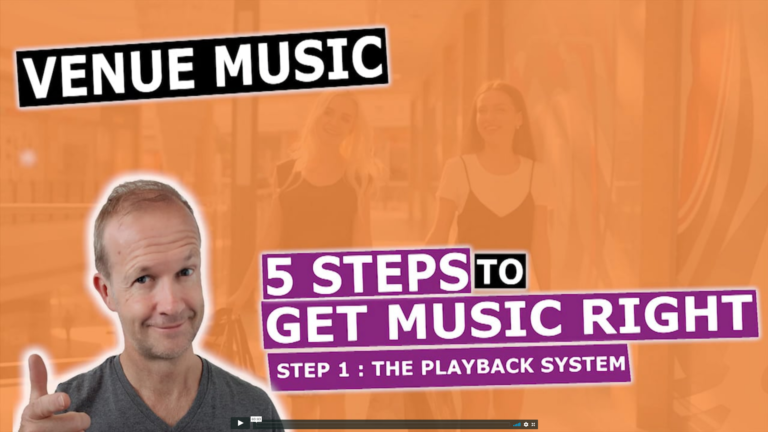Get background Music Right
Step 3 is Music sourcing
Music sourcing should cover where you find the music and where you download it from. This is the tricky part. Choosing the right music requires skill. Suspending subjectivity and interpreting objective measures is something that requires knowledge and experience. In step 2 we spoke about the music brief, that needs to translate to a set of rules that determines music selection. At this point it’s a good time to ask how sophisticated do you want to get? If you want to keep it simple, then reference playlists from reputable digital and terrestrial radio stations that are relevant for your business. When choosing the radio station ask yourself, does the station play music that could be the backing track for your business, will it appeal to your customers and staff and will it compliment the physical environment that it is played in.
If you choose this simple approach, you can skip this next bit. If you want the best background music service that you can create, keep watching.
So here are the rules that can help:
Energy in the Atmosphere is best defined by tempo and tempo correlates with heart rate. In fact, it not only correlates, it can affect heart rate. When we’re stationary, our resting heart rate is around 70 beats per minute, when we’re doing aerobic activity it will be over 120.
Modernity is best defined by the era and genre of music so an awareness of the year of release is important. Of course it’s not that clear cut as some songs will date quickly and some may be defined as timeless. These tend to be associated with particular genres, for example jazz and classical music haven’t fundamentally changed over time but pop, rock and electronic have and do.
If we’re evoking a mood from sad to happy, generally speaking major keys and chords elicit happiness and minor keys and chords illicit sadness
Familiarity can be a driver so you may choose music from the era of your target audience. You can use a formula. I’ll put it up on screen for you. Current year minus target audience age, plus 23 ±5.
For gender, use songs that have vocals by the gender of your target audience. Chances are the lyrics appeal to the respective gender.
For most brand positioning variables, genre is the key driver. This can get quite complex. For instance, we provide music to a vast array of customers and have about 20 genres and over 60 sub genres that we build up into channels of music.
I’ll go into this in a little more detail in the next step. But generally speaking, classical and traditional jazz tend to be associated with premium offerings and classic brands. Pop and electronic support contemporary positioning to a younger audience. Pop, as the name suggests, will support a popular positioning; high visitation, high volume, affordable everyday products.
Alternative Pop and Rock can support a more unique positioning and appeal to customers that are more image centric.
Of course, this is all one big generalisation and there are countless numbers of exceptions to the rules.
And if you’ve got a bunch of questions, that is to be expected. You may be asking, for instance, how do I know the BPM, key and genre? Well there are a bunch of tools out there that you can import music into that will give you the answer. Some are free, some have a cost. My suggestion is to go for a tool that will also normalise your music. You want your audio files to have very similar levels and not depend on the playback system to do the job for you. Rekordbox is one such tool. Its available for Mac and PC plus it not only normalises the volume but analyses the track. Check the description in the link.
It’s also worthwhile sourcing music from a reputable platform such as iTunes as it will have some track information to save you manually searching for it on the net and it also ensures the integrity of the track ie it’s close to the master copy. Make sure you download as mp3, it’s non-encrypted and industry standard.
In terms of bit rate, there are a couple things to consider. Firstly, the bandwidth and storage cost. This will be a consideration if you have multiple sites and intend on building a large library. The second consideration is the speakers that the music plays on and the volume of it. The bigger the speakers, the bigger the MP3 file needs to be. We are talking background music so I’ll steer clear of suitable music formats for foreground music applications on big sound systems.
If you have any questions, get in touch. We’re here to help.
Go to Step 4






